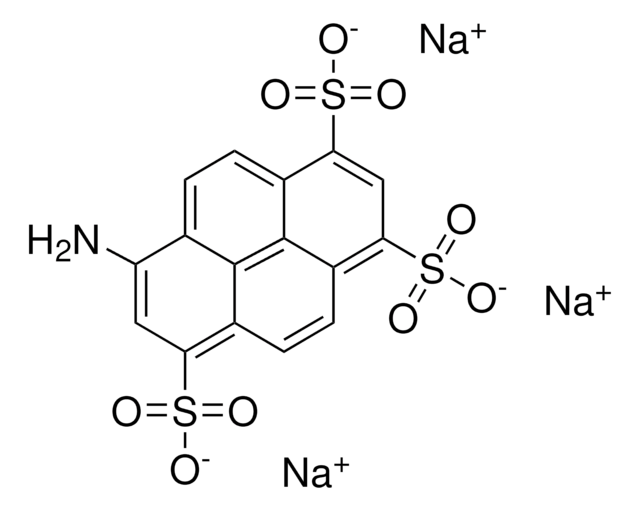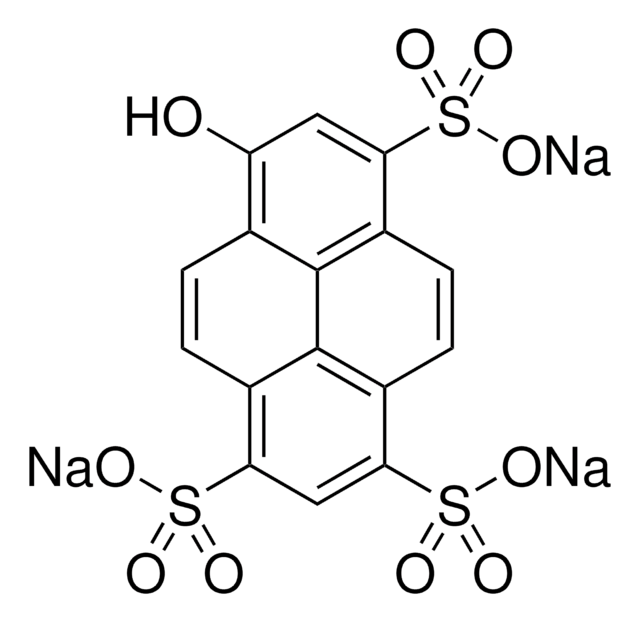A7506
Ácido L-ascórbico
reagent grade, crystalline
Sinónimos:
Ácido L-treoascórbico, Factor antiescorbútico, Vitamina C
About This Item
Productos recomendados
origen biológico
synthetic
Nivel de calidad
grado
reagent grade
Análisis
≥98% ( with iodine, titration)
formulario
crystalline
técnicas
HPLC: suitable
cell culture | stem cell: suitable
color
white to slightly yellow
pH
1.0-2.5 (25 °C, 176 g/L in water)
mp
190-194 °C (dec.)
solubilidad
water: soluble 50 mg/mL
temp. de almacenamiento
room temp
cadena SMILES
OC([C@]([C@@H](O)CO)([H])O1)=C(O)C1=O
InChI
1S/C6H8O6/c7-1-2(8)5-3(9)4(10)6(11)12-5/h2,5,7-10H,1H2/t2-,5+/m0/s1
Clave InChI
CIWBSHSKHKDKBQ-JLAZNSOCSA-N
Información sobre el gen
human ... SLC23A2(9962)
¿Está buscando productos similares? Visita Guía de comparación de productos
Descripción general
Aplicación
- as a chondrogenic medium component for culturing bone-derived mesenchymal stem cells (BMSCs)(149)
- as a reference standard in high-performance liquid chromatography system (HPLC)(150)
- to test its effect on human gastric cancer GES-1 and AGS cells(151)
Acciones bioquímicas o fisiológicas
Precaución
Código de clase de almacenamiento
11 - Combustible Solids
Clase de riesgo para el agua (WGK)
WGK 1
Punto de inflamabilidad (°F)
Not applicable
Punto de inflamabilidad (°C)
Not applicable
Equipo de protección personal
Eyeshields, Gloves, type N95 (US)
Certificados de análisis (COA)
Busque Certificados de análisis (COA) introduciendo el número de lote del producto. Los números de lote se encuentran en la etiqueta del producto después de las palabras «Lot» o «Batch»
¿Ya tiene este producto?
Encuentre la documentación para los productos que ha comprado recientemente en la Biblioteca de documentos.
Los clientes también vieron
Nuestro equipo de científicos tiene experiencia en todas las áreas de investigación: Ciencias de la vida, Ciencia de los materiales, Síntesis química, Cromatografía, Analítica y muchas otras.
Póngase en contacto con el Servicio técnico





